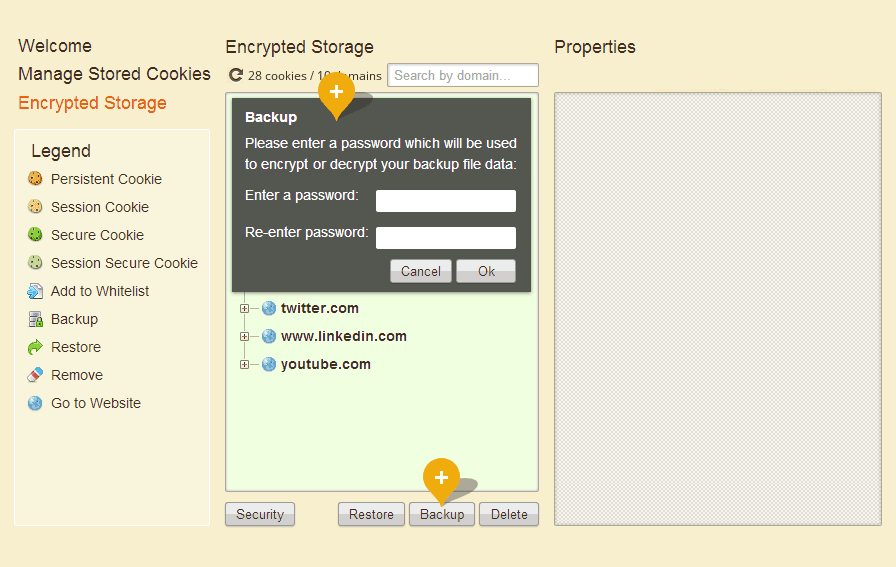

The _ga cookie is used to uniquely identify users, specifically with the third and fourth set of numbers explained above. How Does Google Analytics Use Your Cookie This timestamp is rounded to the nearest second (not millisecond) of the user’s first visit. The last set of numbers is a timestamp of when a user first visited a site. (Technically, a randomly generated unsigned 32-bit integer, or anything between 1 – 2,147,483,647.). The third set of numbers is randomly generated to identify different users. An easy way to think of this is to consider the number of dots between subdomains and root domains (e.g. The second number, which is the number 2 in the above example, is dependent on the domain where the cookie is set.

The first number is fixed at 1, which represents the version of the cookie format that’s being used.

The Client ID is a combination of 4 distinct values: version, domain, identity, and first visit time. This Client ID is in the form of four sets of numbers that are generated and then stored in a cookie on that user’s browser and computer. If there is one, great – you are a returning user! If a _ga cookie is not present, it will randomly generate a new Client ID for the new user (also known as New Users in Google Analytics).
#Google chrome cookie viewer app code
For more details, check out the section at the bottom! How Does This Cookie Get Its Value?įor most default implementations, when a user arrives on your website the Google Analytics code executes and looks to see if there is a _ga cookie already present. There is a great way to identify users on your site that have logged-in with a User ID that gets passed to Google Analytics. Note: This post focuses on cookies used to represent Users. More specifically, Google Analytics uses the _ga cookie to recognize your unique combination of browser and device. This Client ID represents you, the user, who is visiting the website where the tracking code is implemented. The _ga cookie stores one valuable piece of information: your Client ID. Today, we’ll focus on the Universal Analytics implementation from Google Analytics, which relies on the persistent _ga cookie. The Basics of Google Analytics CookiesĪll versions of Google Analytics tracking that you can embed on your website use cookies to store and remember valuable pieces of information. This distinction between First-Party and Third-Party will become more important in a moment, but for now, let’s focus on First-Party cookies and how Google Analytics uses them. When the domains differ, these cookies are considered cross-site or “Third-Party” cookies. However, often times the domain associated with the cookie does not match your website’s domain (the domain in the address bar). Common use cases for cookies include multi-session logins (keeping a user logged in even when they close the browser tab) or remembering a user’s preferences. Your website developers use First-Party cookies to store information about a user’s activity - even when a user is logged-in - from page to page. These types of cookies are considered “First-Party” and are generated to access same-site information relative to the website domain in your address bar. Common Types of CookiesĮvery cookie has a domain associated with it, and many Cookies are specific to your website’s domain (in our case, this would be ). Cookies are also site-specific, which means that will not be able to view the cookies that you have saved on. Cookies are browser-specific, which means Chrome and Firefox will not be able to access each other’s cookies. The Basics of CookiesĪ cookie is a small bit of information that gets stored on your computer. Warning: this blog post does not talk about edible cookies, but we will dive deep into the morsels that make up our Google Analytics data (pun intended!). Let’s talk about web cookies and Google Analytics.


 0 kommentar(er)
0 kommentar(er)
